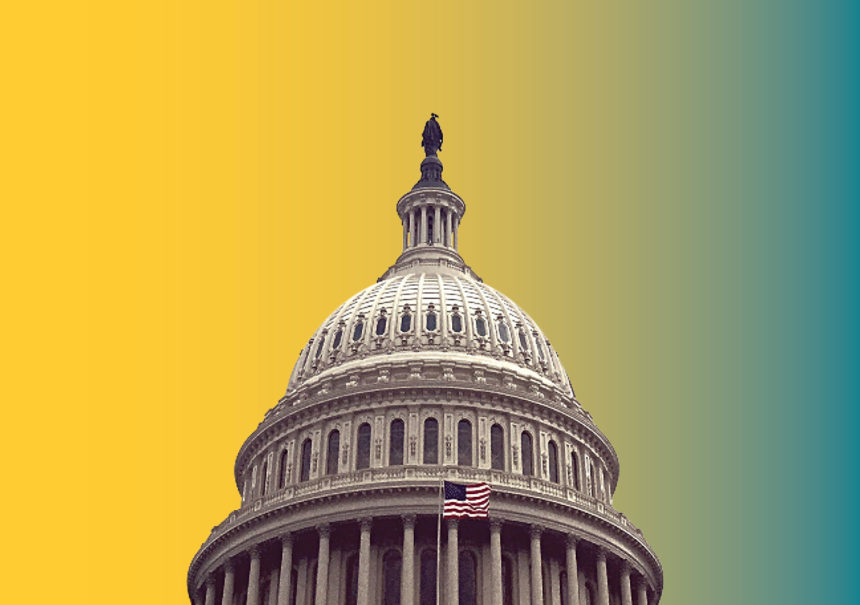Four months into the COVID-19 vaccination effort, a slow start to dose distribution has steadily accelerated. More than 130 million vaccine doses have been administered in the U.S., according to the Centers for Disease Control and Prevention data, with about 25% of the population having received at least one dose and 14% fully vaccinated.
With supply finally catching up with demand, the challenge now turns to convincing skeptics to overcome their vaccine hesitancy. While President Biden recently announced the White House will launch an “unprecedented” communications campaign to boost vaccine confidence, there’s work to be done on the awareness and education fronts.
To that end, Senate Majority Leader Chuck Schumer (D-NY) called on the CDC to spend $1 billion on educating the public. “Too many people are still afraid of getting the vaccine,” he said. “If people are afraid of taking the vaccine, it will delay our ability to beat COVID back. We’re here… to call on the CDC to quickly distribute a billion dollars and create an ad blitz to educate the consumer and the public, to conduct outreach and build more confidence that the vaccine is not only effective but has no notable side effects for the vast majority of people.”
Public health experts, however, say bolstering vaccine confidence is easier said than done – and that new challenges emerge on a regular basis.
At the start of vaccine distribution, minority groups like Black and Hispanic Americans had higher rates of vaccine hesitancy due to concerns about side effects or distrust in the U.S. medical system. Aisha Langford, assistant professor in the department of population health at NYU Langone Health, said she has seen those concerns replaced by confusion about logistics – such as how and when to set up appointments. And the confusion exists not just among groups that have been singled out as especially vaccine-resistant, but among larger swaths of the public.
“It’s really important to normalize that being confused, and maybe a little scared and hesitant, is quite normal,” Langford stressed. “We need to make sure that, as healthcare professionals, we are listening to people and not dismissing their concerns, not saying they’re crazy or selfish or stupid.”
Landford characterized some of the first communications around the vaccination effort as “heavy-handed and not tending to the real emotions and uncertainty and fear and confusion that has been indicative of this last year. It has been rough for everybody.”
In her roles as an informal “vaccine ambassador” and featured speaker during virtual town halls, Langford has noticed a huge range of concerns among all sorts of people – from doctors and lawyers to couples expecting a child to individuals with comorbidities. It’s not just people in low-income communities and communities of color, who have been vaccinated at lower rates during the first four months of the effort, wrestling with vaccine hesitancy.
As a result, Langford believes that a federal communications effort may not be enough to reach many communities and individuals. Instead, she argued, the focus should be on grassroots efforts supplemented by streamlined federal guidance and information.
“It would be great for the CDC to use funds to do trainings and to have representatives who are well-versed in vaccine education,” Langford explained, adding that humanizing the approach will ultimately prove most effective.
“It’s really great to create a brochure – but as soon as you print something, three days later it’s out of date,” she said. “Human beings like being able to talk to someone or to have a phone number they can call.”
Given the wide range of factors that impact vaccine acceptance – religion, politics, socioeconomic status, geography, racial/ethnic background and more – reaching each audience practically demands a grassroots approach.
“It’s probably better for the effort to emerge from the community itself,” Langford said. “The people who live in Harlem, New York would know best which community groups or which mosques to go to.”
That’s why it’s important to embed some sort of vaccine advocate task force in as many communities as possible. Such groups can do the heavy lifting around timely, accurate information, easing the burden on individuals to figure things out themselves on the internet.
“Not everybody is going to be reading the New England Journal of Medicine or going to the CDC web page every day,” Langford said. “You want to be able to have someone you trust or a hotline you can call to ask about your concerns.”
She added that despite the challenges of the last year, she remains optimistic about improving vaccine confidence in the country – largely due to the grassroots efforts that emerged during the first days of vaccine availability.
“There’s an appreciation for state and city health departments, hospitals, churches and community centers,” Langford said. “People are seeing the need and want to help.”







